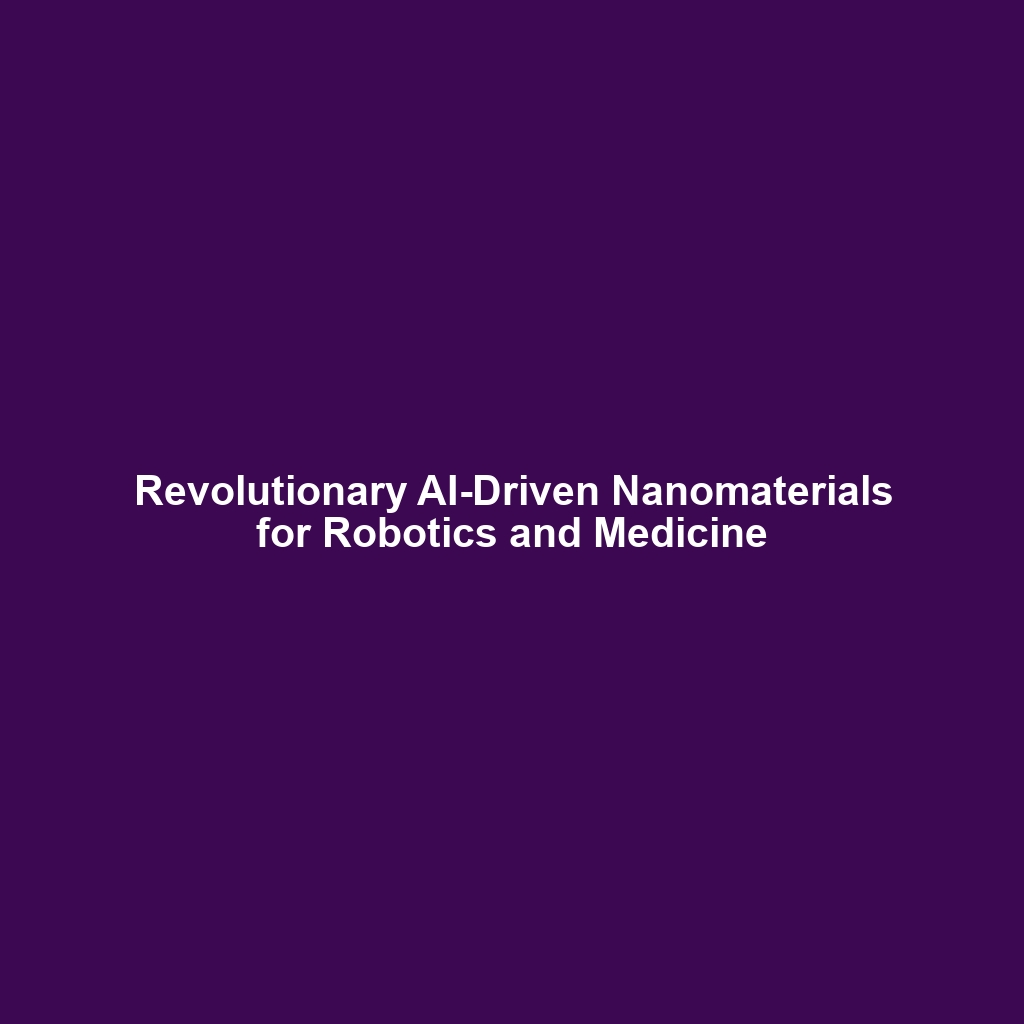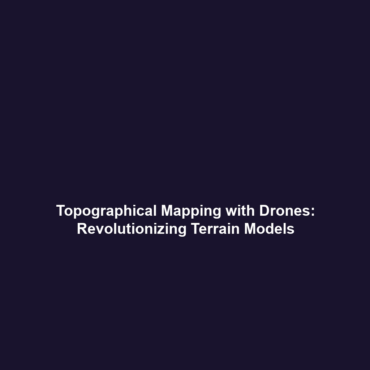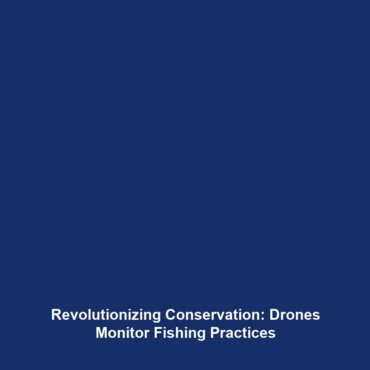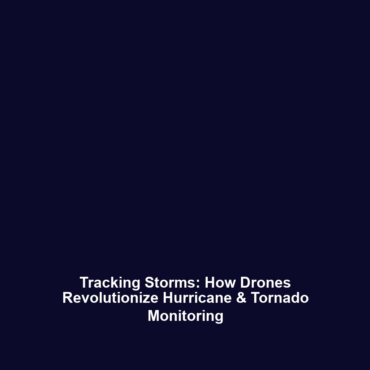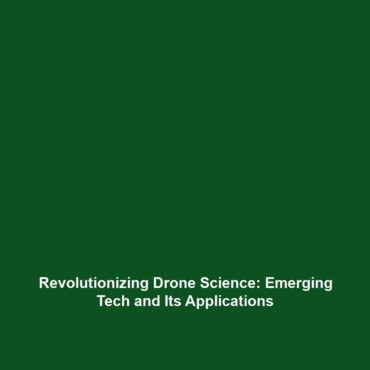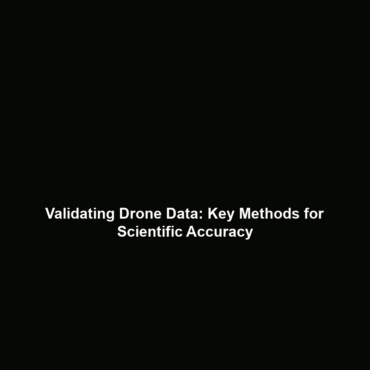Privacy Concerns in Humanoid Robots Equipped with Facial Recognition
Introduction
The emergence of humanoid robots equipped with facial recognition and data collection capabilities has sparked significant concerns regarding individual privacy. As these advanced robotic systems integrate into various sectors, from healthcare to law enforcement, the significance of safeguarding personal data has become increasingly prominent. The nexus of humanoid robotics and privacy concerns poses challenging ethical questions that demand immediate attention. This article explores the implications of facial recognition technology in humanoid robots, emphasizing the need for robust privacy measures to protect individuals in this evolving landscape.
Key Concepts
Understanding Facial Recognition Technology
Facial recognition technology allows systems to identify or verify a person by analyzing and comparing facial features from images or video. In the realm of humanoid robots, this technology can be employed for various functions, including:
- Security and surveillance.
- Personalized customer service.
- Behavioral analysis in social interactions.
The Privacy Implications
As humanoid robots become integral to our lives, concerns about data privacy emerge. Individuals interacting with these robots may unknowingly contribute to an extensive database of personal information, raising red flags regarding consent and data security. Such concerns accentuate the importance of ethical frameworks governing the deployment of humanoid robots.
Applications and Real-World Uses
The integration of humanoid robots in various industries showcases their utility while amplifying privacy concerns. Examples include:
- Healthcare: Robots assist in patient monitoring and can recognize patients, improving service delivery but also risking unauthorized data collection.
- Retail: Interactive robots in stores offer personalized shopping experiences based on customer interactions, which can lead to sensitive data being captured without explicit consent.
- Law Enforcement: Robots equipped with surveillance capabilities can use facial recognition to identify suspects, raising ethical dilemmas about privacy invasion.
Current Challenges
Studying and applying the concepts of privacy in humanoid robots presents several challenges:
- Regulatory Issues: Existing laws may not adequately address the rapid advancement of facial recognition technology.
- Lack of Transparency: Not all robotic systems disclose how data is collected, used, and stored.
- Public Perception: Individuals may have different understandings and levels of comfort regarding robotic privacy, leading to potential distrust.
Future Research and Innovations
Innovations in privacy-centric designs for humanoid robots are on the horizon. Future research may focus on:
- Advanced Encryption: Developing stronger data protection measures to prevent unauthorized access to sensitive information.
- User Control Mechanisms: Creating more interactive systems allowing users to control what data is collected and how it is used.
- Ethical Frameworks: Establishing comprehensive guidelines to govern the implementation of facial recognition technologies in humanoid robots.
Conclusion
Concerns about privacy in humanoid robots equipped with facial recognition and data collection capabilities highlight a growing intersection of technology and ethics. The implications of unauthorized data collection necessitate a proactive approach in establishing regulatory frameworks and ethical guidelines. As we advance into a future where humanoid robots become ubiquitous, it is essential to ensure that privacy concerns are addressed, fostering trust among users and advancing technology responsibly. For further reading on the ethical considerations in robotics, visit our Ethics in Robotics page.



